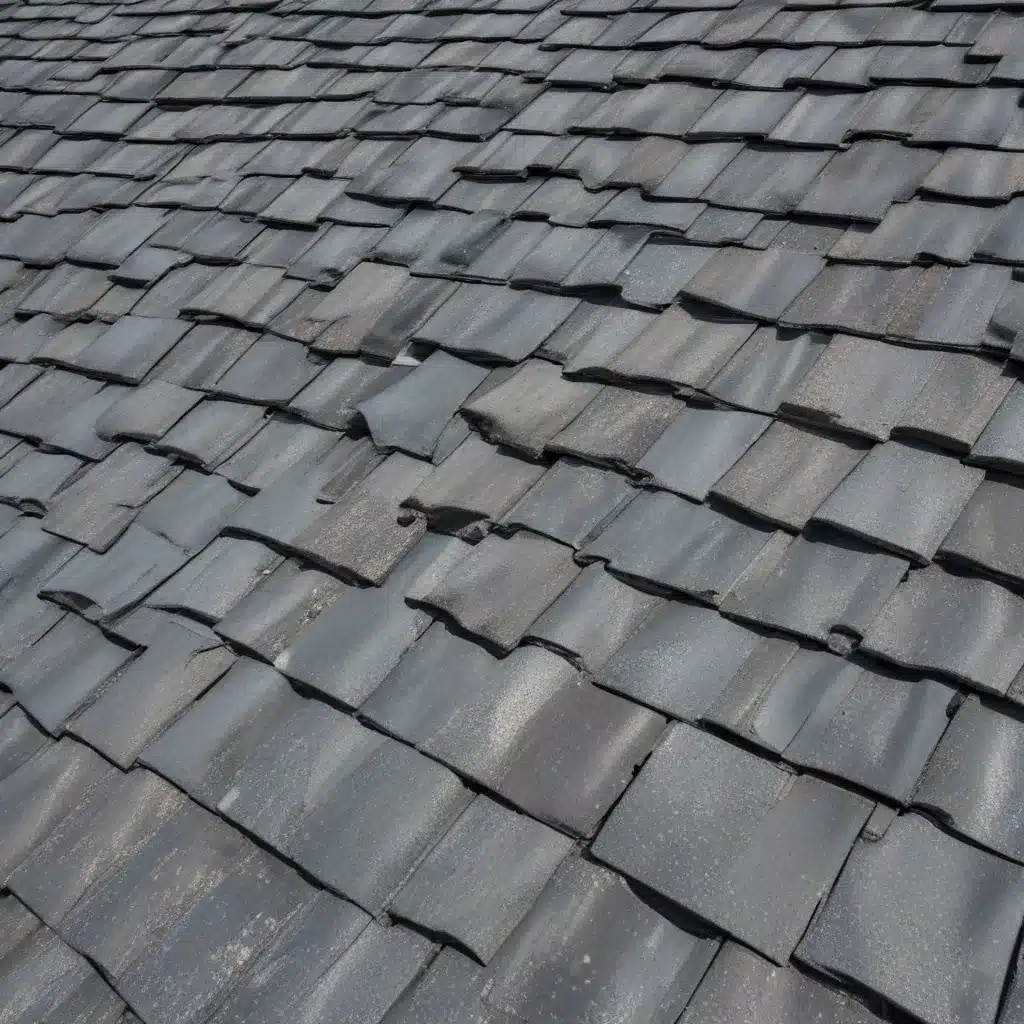
The Evolving Landscape of Roof Maintenance and Repair
As a seasoned roofing professional, I’ve witnessed the industry’s remarkable transformation over the years. Gone are the days when roof repair was solely about patching leaks and replacing damaged shingles. Today, the focus has shifted towards a more holistic approach that emphasizes sustainability, efficiency, and longevity.
The traditional linear “take-make-dispose” model of the past is giving way to a more circular mindset. In this new era, we’re not just repairing roofs – we’re embracing the principles of the circular economy to create a greener, more resilient future for our industry and our planet.
Circular Economy: Redefining Roof Repair
The circular economy is a revolutionary model that challenges the conventional “make, use, and dispose” approach. Instead, it emphasizes the continuous reuse, repair, and repurposing of materials, minimizing waste and maximizing resource efficiency.
This shift in perspective has profound implications for the roofing industry. By adopting circular economy principles, we can not only extend the lifespan of roofing systems but also reduce the environmental impact of roof repair and replacement.
Designing for Longevity
One of the key tenets of the circular economy is designing products for longevity. In the roofing world, this translates to selecting durable, high-quality materials that can withstand the test of time. EPDM (Ethylene Propylene Diene Monomer) roofing membranes, for example, are renowned for their exceptional durability, often lasting over 50 years with proper maintenance.
By prioritizing longevity in material selection, we can reduce the frequency of roof replacements, minimizing waste and the consumption of natural resources. This not only benefits the environment but also provides long-term cost savings for building owners.
Embracing Reuse and Repair
The circular economy encourages us to explore ways to extend the life of existing roofing systems through repair and reuse. Rather than automatically replacing a damaged roof, we can investigate innovative solutions to extend its lifespan.
Roof restoration techniques, such as elastomeric coatings and membrane overlays, can breathe new life into aging roofs, deferring the need for a complete replacement. These methods often cost significantly less than a full roof replacement while reducing the environmental impact.
Additionally, the modular nature of some roofing systems, like metal roofs, allows for selective replacement of individual components rather than discarding the entire assembly. This approach not only saves resources but also enhances the overall sustainability of the roofing project.
Embracing Recycling and Repurposing
When a roof has reached the end of its useful life, the circular economy encourages us to explore recycling and repurposing opportunities. Many roofing materials, such as asphalt shingles, metal, and EPDM, can be recycled and reintroduced into the manufacturing process, reducing the need for virgin materials.
Innovative companies are even finding ways to repurpose roofing waste into valuable products, such as construction aggregates, insulation, and even new roofing components. This not only diverts waste from landfills but also creates a closed-loop system where resources are continuously cycled back into the economy.
Modular Construction and Sustainability
The rise of modular construction has further amplified the benefits of the circular economy in the roofing industry. Modular buildings, which are constructed off-site in a controlled factory environment, offer unique opportunities for sustainable roof design and installation.
Modular construction allows for precision in insulation, the incorporation of energy-efficient technologies, and the use of durable, recyclable roofing materials. Additionally, the streamlined manufacturing process minimizes construction waste, transportation emissions, and site disturbance, making it a more environmentally friendly approach to building.
By integrating modular construction with circular economy principles, roofing professionals can create high-performance, sustainable roofing systems that not only reduce the environmental impact but also provide long-term cost savings for building owners.
Embracing Safety and Innovation
As we embrace the circular economy in the roofing industry, it’s crucial to maintain a strong focus on safety. Roof repair and maintenance inherently involve working at heights, handling heavy materials, and navigating complex systems. Ensuring the safety of our teams and the public is of paramount importance.
Innovative safety technologies, such as fall protection equipment, robotic roof inspections, and remote monitoring systems, can help mitigate the risks associated with roof work. By leveraging these advancements, we can enhance the safety of our operations while maintaining the efficiency and sustainability of our practices.
Conclusion: Towards a Greener, More Resilient Future
The roofing industry is at a pivotal moment, poised to lead the way in sustainable construction and building maintenance. By embracing the principles of the circular economy, we can redefine the way we approach roof repair and maintenance, creating a future where waste is minimized, resources are continuously reused, and the environmental impact of our work is significantly reduced.
At Roofers in Northampton, we are committed to this vision of a greener, more resilient future. By combining our expertise in roofing with a deep understanding of circular economy principles, we strive to deliver innovative, sustainable solutions that benefit our clients, our communities, and our planet.
Join us in this journey towards a more sustainable roofing industry, where the roof over your head not only protects your space but also reflects our collective commitment to a better tomorrow.
Key Takeaways
- The circular economy offers a transformative approach to roof repair and maintenance, emphasizing longevity, reuse, and repurposing of materials.
- Designing for durability, adopting roof restoration techniques, and exploring recycling and repurposing opportunities can significantly reduce the environmental impact of roofing projects.
- Modular construction, when combined with circular economy principles, provides a sustainable framework for roof design and installation.
- Integrating innovative safety technologies can enhance the safety of roof work while maintaining efficiency and sustainability.
- Roofers in Northampton is committed to leading the industry towards a greener, more resilient future through the adoption of circular economy practices.

